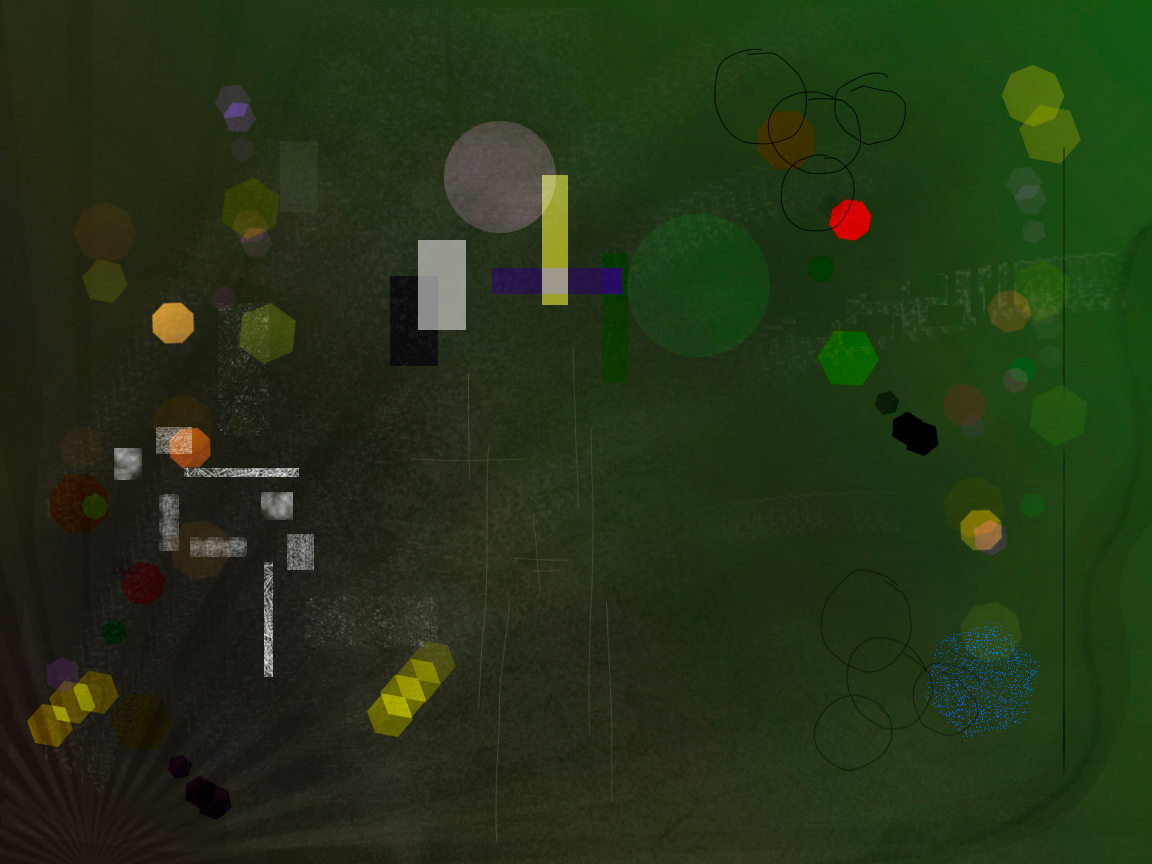Could a geography of consumption be made? But not one that matches cities and countries, continents, trade routes. If not one that maps more than physical places, conceptual places, their forces, gates, openings, flows and magnetism. The routes it creates and unfolds, the plains and moats it builds.
But such a static view would not reflect well how it works. We need a dynamic description, to make the consumption process independent in order to describe it in its deprivation / promise processes. Its static and dynamic places.
It would be necessary to have a Theory of consumption flows. Imagining consumption as the flow of a liquid with channels and gates. A hydraulics. Consumption maps would emerge from it and, from its operation, possibilities of movement. Permitted, prohibited movements and directed physical flows.
Obviously the hydraulics of consumption is a part of the more general of capital, and the other side of the hydraulics of production. Notwithstanding its logic, it needs particular aspects, it needs a comprehensive protection system for the merchandise, it needs a merchandise promotion system and finally it needs a system for relating merchandise to its consumer.
Vision of paradise
Marketing and product design have raised merchandise to a new dimension, color, lighting and variety emulate the primordial sensation of the vision of naked nature in all its brilliant variety (the psychedelic vision of perceptional liberation).
As in a journey in which the primordial reality and nature show all their naked and radiant colors. An encounter with proliferation and exuberance is the vision of the crowded shelves of products
A paradise of lighting emotions, of games of colors and shapes, accessible to the eye and to the hand, arranged in a linear arrangement that generates perspectives and angles. There is no place for distraction, for rest, for repose. Tidy according to reason, generous like mother nature.
The shelves surround us, there is no room for distraction, all the goods are there at our fingertips, there is nothing outside of them. In large supermarkets the ceiling is ungraspable, too high to stare at. Only by looking at the ground could you avoid the vision of paradise, but avoiding looking is a humanly reprehensible gesture and attitude. One would have to constantly be looking at hell in order not to see paradise.
In supermarkets the flow runs from the superfluous to the most necessary. The foods that have always been considered basic are in the most inaccessible and lateral places. The unnecessary is the central protagonist of the theatrical arrangement of the merchandise.
Fruits and vegetables are generally not packaged. Its own presence is paradisiacal, it does not need a marketing that transmutes it, as a wrapper turns a simple handful of dried corn into a desirable portion of heaven.
Out of the flows
A blow to indifference, a turn of the corner Why are beggars always lying on the ground, level with him? Why are they never perched on something, elevated, above passersby? What history does begging hide? Why is a prayerful, supplicating position, something that is below us?
It allows us a superior vision, a vision of the Lord. When someone begs standing up we almost think that he robs us. Animalize, crawl, reptilize, for them it is an obligation that helps us calm down, the tranquility that order provides.
Imagine some beggars on anything, like a raised platform. The impression that they would make on us would be terrifying (for us), their life and their meaning would also rise, they would be closer to the truth, closer to the divine, that is why we need them lying on the ground. Its ontological reality is less and it facilitates indifference.
The elimination of beggars, the first commandment of the logic of a consumer geography. Dirty cleaning task that the economic sphere has no qualms about delegating to the State. Task that he takes on with pleasure, “the cold-winded dog” is the necessary infrastructure for consumption.
Every social outcast is a warning note, a shouting sign of the limits of the social project itself. A descending ladder for those who do not comply with social logic. But at the same time they have the utility of showing the majority that there are still limits lower than themselves. That the price to pay would be very high.
Identifying “poverty” with the excluded or with an ethnic minority makes it easier to avoid the reproduction of demands for distribution by the population. Built in a symbolic space of contempt and misunderstanding, scarcity is preferred for all rather than benefiting “those parasites we hate.” As an ideology of control, it is impeccable.
